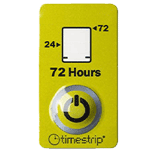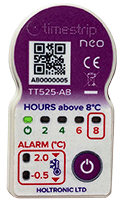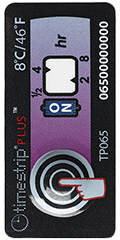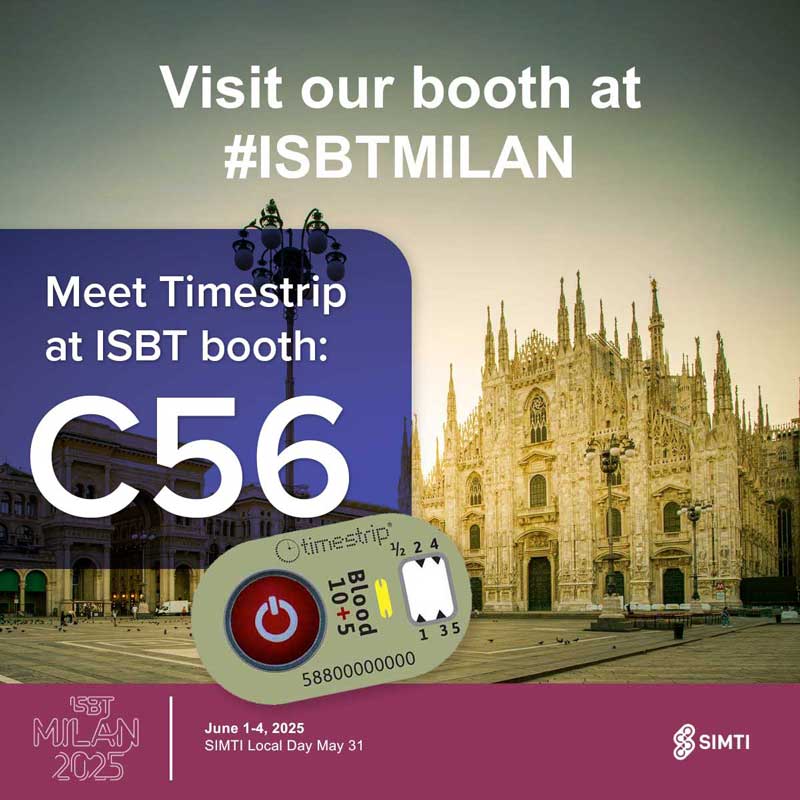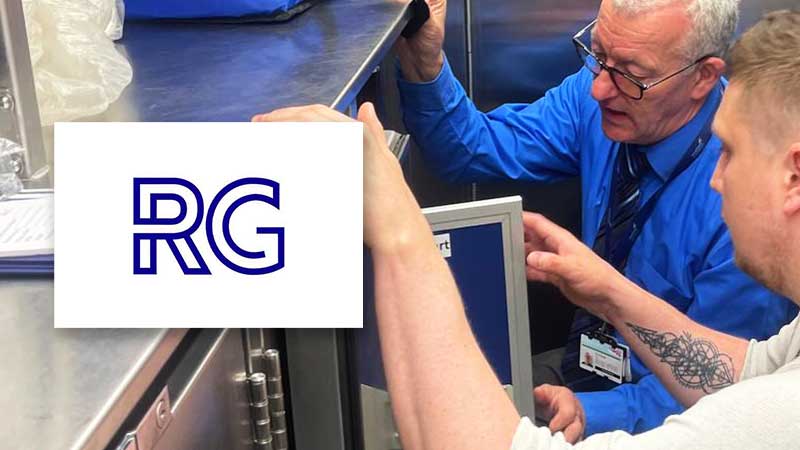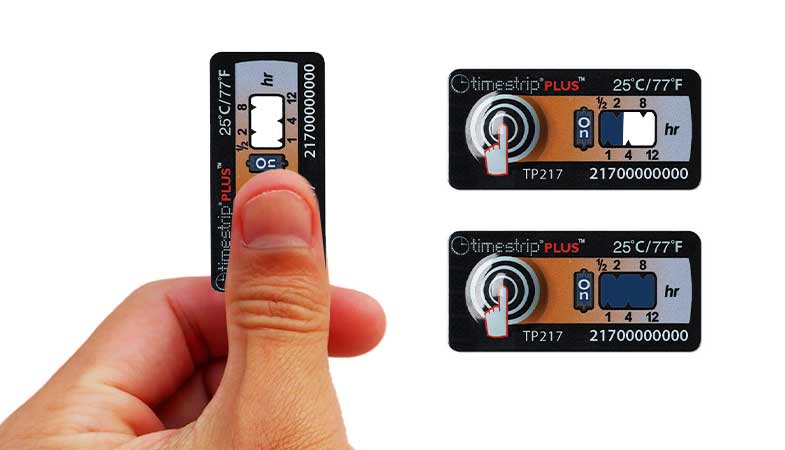
What is all the “wine’ing” about?
Wine has always been a popular drink and for many the fermented beverage of choice. In most cases whether you prefer Red or White, or even a Rose, experts and connoisseurs believe that any wine is best stored and served chilled.
So, you may well ask what is the difference between a wine served warm, or chilled, and does it really matter if the wine is warmer than expected, or even hot? Some wines are indeed served hot and are even used in cooking, but why is it important if it gets hotter than anticipated before it gets to the consumer?
Well, from an article in WinePair ™ a short time ago it was stated that; wines do change when they are subjected to a high temperature. Firstly, the tannins become 'more noticeable and wines take on a tangy, astringent character. Instead of a smooth and supple mouthfeel, wines feel rough and more one-note on the palate. Fruit flavors often become secondary to unpleasant acidity. In dry climates, corks shrink as they lose moisture, leading to leaky bottles and a sticky mess.'
This is all well and good, but at above what temperature would there be any noticeable change to the wine we drink?
Any wine should normally be stored between 55 – 65ºF (13-18ºC) and wine should be stored in a cellar, or a wine refrigerator, that maintains this recommended temperature level. And, it is generally noted that the change to the body of the wine begins at 70F (21C), and wines can “cook” as exposure temperatures hit 80F (26ºC) degrees and beyond. However, an occasional spike won’t decimate a wine, but prolonged exposure — like a week-long heat
So, what is an acceptable solution for making sure you can tell that
Timestrip offers a full range of stock labels including two that have a temperature breach of 20ºC and 25ºC (tolerance +/- 1ºC), and Timestrip can also produce a custom and branded label that can be set to monitor more specific temperature breach limits.
So, in the future be on the look out for some form of temperature indicator label on the bottle of wine that you buy to ensure that it has been kept at the recommended temperature to insure you get the most enjoyment from the wine that you buy and drink.

